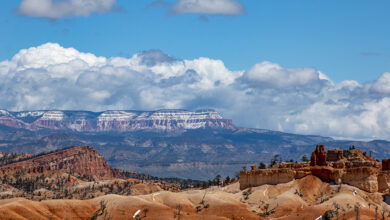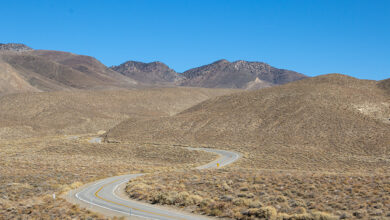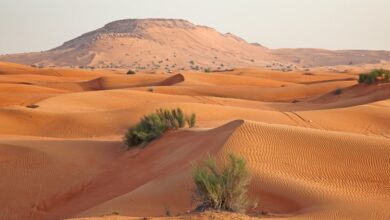Greening Africa • Watts Up With That?

By P Gosselin
Higher likelihood of extreme snowfall in the French Alps in coming decades. And, greening Africa
Hat-tip: Klimanachrichten
Global warming is often cited as having a negative impact on snow and ice melt in cold regions, yet new research published in The Cryosphere has suggested that extreme snowfall events may be a feature of some locations at higher latitudes and elevations in the decades to come.
Greening Africa
A study by the Chinese Academy of Sciences published in Regional Environmental Change on June 28 looked at the Climatic and non-climatic factors found to affect vegetation greenness in Sudano-Sahelian region of Africa.

A research team from the Aerospace Information Research Institute (AIR) of the Chinese Academy of Sciences (CAS) analyzed trends in vegetation greenness in the Sudano-Sahelian region during 2001–2020 and quantified the relative contributions of climatic factors and non-climatic factors in specific sub-regions. The study used MODIS Normalized Difference Vegetation Index (NDVI) as a proxy for vegetation greenness.
Result: the researchers found that greening was widespread across the Sudano-Sahelian region, while browning was clustered in central West Africa.
They applied a correlation-based conceptual attribution model to study rainfall-driven changes. Results showed that only nearly half of the areas with vegetation greening could be explained by long-term rainfall variability, while most of the areas with browning trends were not related to rainfall variability. Greening/browning vegetation trends not caused by rainfall variability could be explained by the non-climatic factors, e.g., land use/land cover (LULC) change and fire impact.
The research team found that gains (i.e., increases in the fractional abundance of LULC classes) in cropland and natural vegetation associated with positive land management were likely the dominant drivers of greening in Senegal and Ethiopia. The combined impacts of rainfall variability and LULC changes contributed to greening trends in Mali and Sudan.
In contrast, vegetation browning in central West Africa appeared to be driven by cropland gain and natural vegetation loss (i.e., decrease in the fractional abundance of a LULC class) associated with extensive agricultural production activities.
Paper: Yelong Zeng et al, Changes in vegetation greenness related to climatic and non-climatic factors in the Sudano-Sahelian region, Regional Environmental Change (2023). DOI: 10.1007/s10113-023-02084-5




